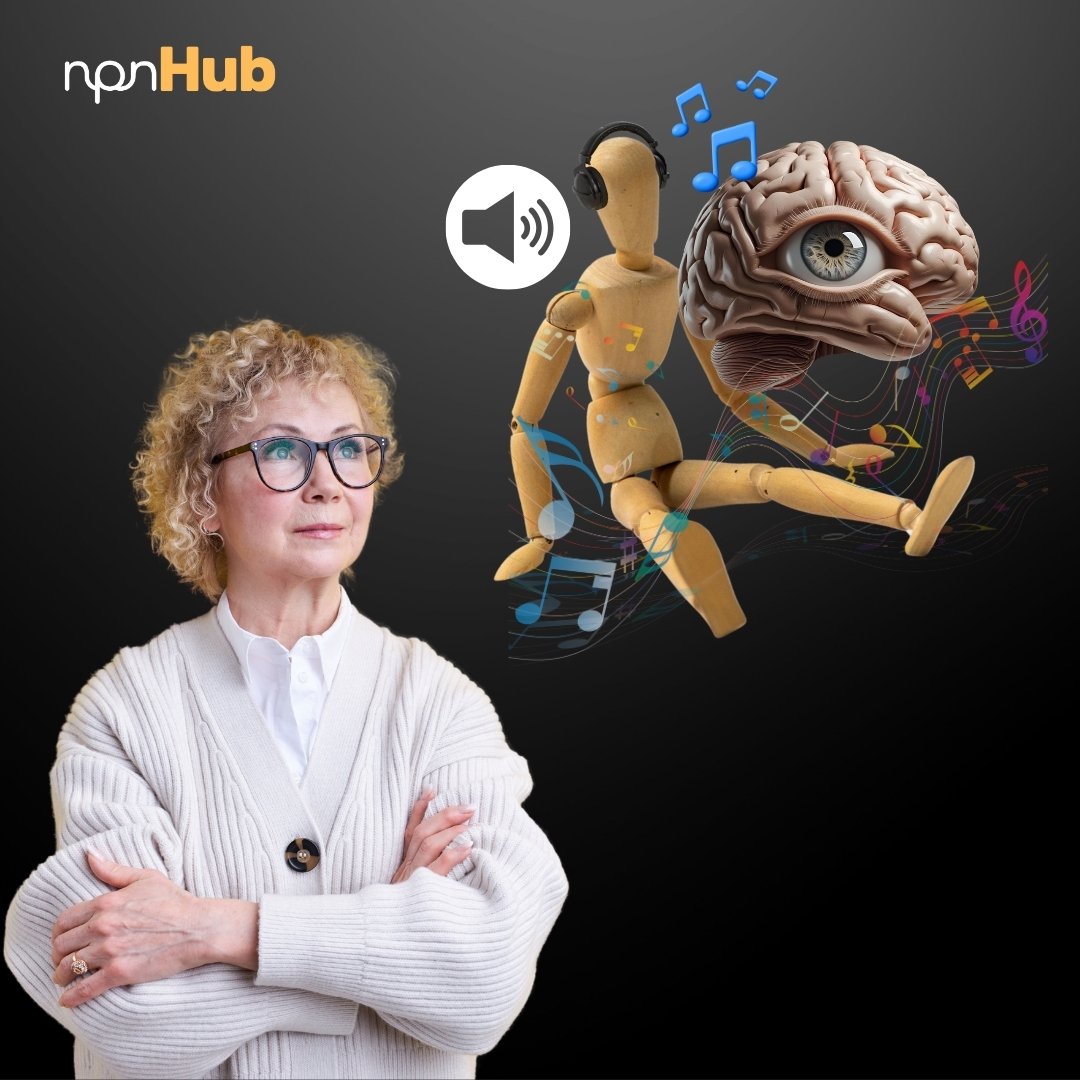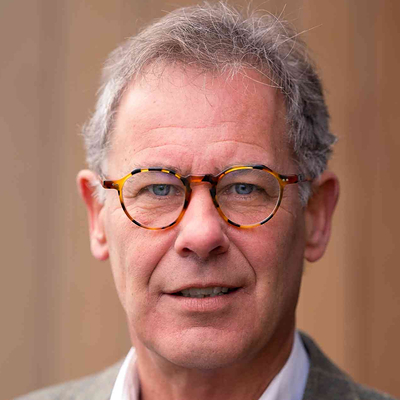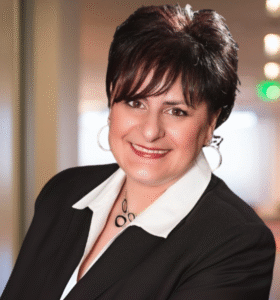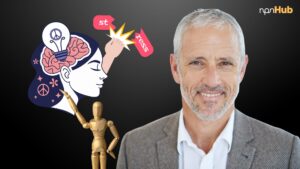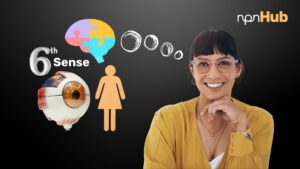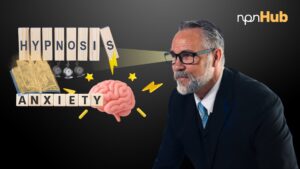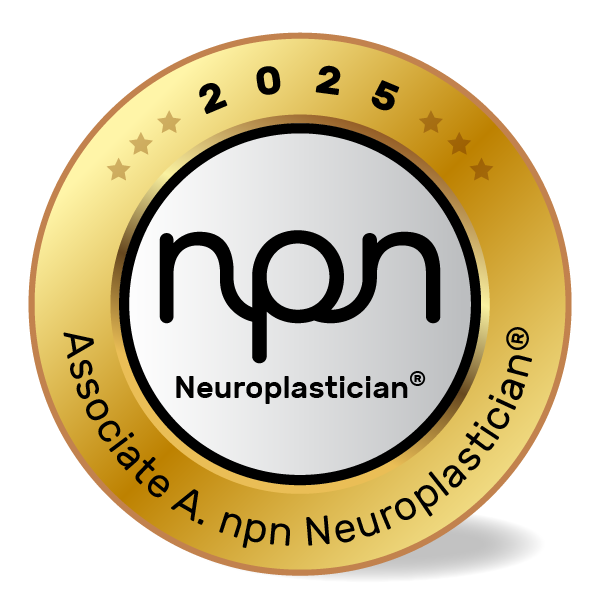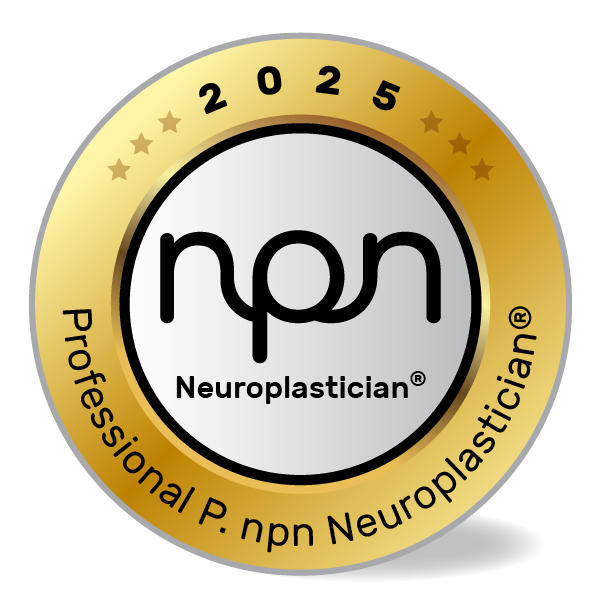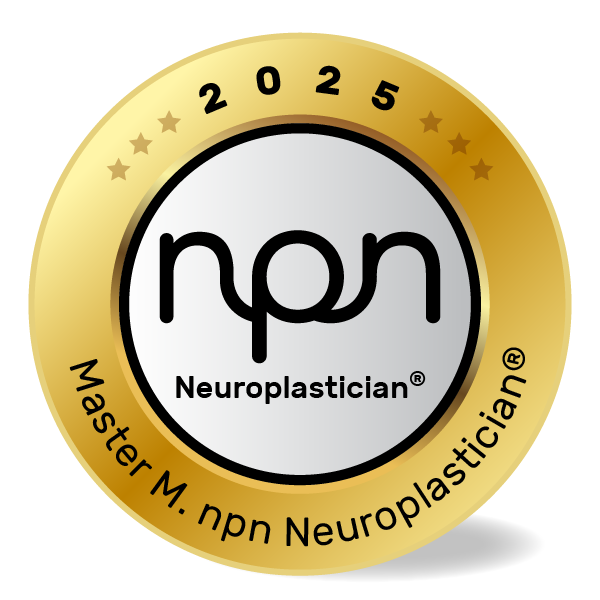How sound frequencies unlock intuition and stimulate the third eye through neuroscience.
npnHub Editorial Member: Dr. Justin Kennedy curated this blog
Key Points
- Sound healing impacts brain wave states linked to intuition and insight.
- The third eye correlates with the pineal gland and default mode network in the brain.
- Sound frequencies like 963 Hz may entrain the brain into states associated with inner awareness.
- Brain regions like the thalamus, prefrontal cortex, and pineal gland respond to vibrational input.
- Neuroscience practitioners can use sound therapy to enhance focus, intuition, and self-reflection.
1. What is Sound Healing for the Third Eye?
At a neuro-coaching retreat in the mountains, a group of facilitators gathers their clients for a sound bath. As crystal bowls hum at high frequencies, one participant reports a sudden flash of insight about a recurring relationship pattern. Another describes vivid visualizations and a calming sense of clarity. It feels almost mystical – but is there a neuroscience explanation?
This scenario illustrates how people experience “third eye activation” in wellness spaces through sound healing. The third eye, often linked to intuition and self-perception, aligns in brain science with the pineal gland and the frontal midline. Sound healing uses specific frequencies – like 963 Hz – to entrain the brain into states associated with insight, meditation, and connection.
Research from institutions like the University of California, San Diego has shown that auditory stimulation can induce altered states of consciousness, enhance theta brain waves, and affect the default mode network – a key system for introspection and metacognition (source). As such, “third eye” isn’t just a mystical metaphor – it’s also a functional cognitive system influenced by vibration and sound.
2. The Neuroscience of Third Eye Activation through Sound
During a session with a client struggling to make decisions, a neuroscience-informed coach introduces binaural beats at 963 Hz through headphones. The client gradually enters a relaxed, contemplative state – and soon begins to verbalize deep-seated values and goals they hadn’t accessed in weeks.
This anecdote demonstrates how sound frequencies affect brain networks linked to self-awareness. Neuroscientifically, the “third eye” overlaps with activity in the prefrontal cortex, the thalamus, and the pineal gland, the latter known for melatonin regulation and light sensitivity.
Studies by Dr. Andrew Newberg (Thomas Jefferson University) has connected meditative states to increased activation in the frontal lobe and decreased parietal activity – suggesting a shift from external awareness to inner focus (source). The default mode network (DMN), associated with introspection and future visualization, is also modulated during sound healing and deep meditative practices.
Frequencies between 4–8 Hz (theta) and higher frequencies like 963 Hz influence brain coherence, especially across midline frontal and parietal networks. Sound healing, particularly with vibrational instruments or binaural beats, can stimulate these areas and induce neurophysiological states aligned with insight and intuition.
3. What Neuroscience Practitioners, Neuroplasticians, and Well-being Professionals Should Know About Sound Healing and the Third Eye
In a coaching program for burnout recovery, a facilitator noticed her clients became more reflective after sound meditation sessions. They reported increased clarity about priorities, improved emotional regulation, and deeper connection to their intuition.
This is an illustrative scenario of how sound-based interventions affect brain states. Practitioners should understand that while “third eye” is a metaphor, it reflects measurable neural processes – especially those involving introspection, emotional regulation, and sleep-wake cycles.
However, many myths persist:
- Myth: The third eye is purely mystical.
Fact: It correlates with the pineal gland, a well-studied structure that regulates circadian rhythms via melatonin. - Myth: Sound healing is placebo.
Fact: Research shows that sound frequencies can entrain brain wave states and modulate networks like the DMN and salience network (PubMed study). - Myth: Intuition isn’t neurologically real.
Fact: Intuitive decision-making recruits the anterior cingulate cortex and prefrontal cortex, known for processing complex, nonlinear information.
Frequently asked questions include:
- Can binaural beats really affect the pineal gland?
- How do we measure intuition in the brain?
- Is there an ideal frequency for activating insight or introspection?
Evidence supports that auditory stimulation alters brain connectivity, influencing states conducive to insight, memory reconsolidation, and mental clarity.
4. How Sound Healing Affects Neuroplasticity
Neuroplasticity is the brain’s remarkable ability to reshape itself in response to experiences, behaviors, and even sound. Regular use of specific sound frequencies can reinforce neural pathways associated with focus, meditation, and internal awareness. For example, repeated exposure to alpha or theta frequencies through binaural beats helps entrain the brain into a relaxed yet alert state, enhancing receptivity to new insights.
A study by Othmer et al. (Journal of Neurotherapy, 2010) found that neurofeedback and sound-based interventions could increase coherence between frontal brain regions, enhancing cognitive flexibility and emotional regulation. Over time, these repeated exposures can strengthen introspective circuits, particularly in the DMN, insula, and medial prefrontal cortex.
Importantly, sound healing may also enhance cross-hemispheric communication, aiding integration between left- and right-brain processes. This integration supports higher-order insight, pattern recognition, and the felt sense of intuition – core aspects often attributed to “third eye” activation.
5. Neuroscience-Backed Interventions to Improve Third Eye Activation via Sound
Why Behavioral Interventions Matter
Many clients seeking self-clarity or stress relief benefit from introspective states, but struggle to enter them reliably. Without intentional tools like sound, the brain remains in high-alert beta states, limiting access to the DMN and pineal-related pathways.
A neuro-coach helping a highly analytical client may introduce sound meditation as a brain-based method for enhancing intuitive decision-making and emotional balance.
1. Use 963 Hz Sound Healing for Insight Activation
Concept:
963 Hz is known as the “frequency of the divine” and has been shown to influence brain coherence and deep introspective states (source).
Example:
A coach supports a client in transitioning from decision fatigue to insight-based clarity through a weekly sound bath with 963 Hz tones.
✅ Intervention:
- Play 963 Hz during reflection or journaling sessions.
- Use headphones to enhance binaural beat effects.
- Integrate with deep breathing or mindfulness cues.
2. Train Alpha-Theta States Through Binaural Beats
Concept:
Binaural beats help entrain alpha (8–12 Hz) and theta (4–8 Hz) states, which enhance creativity, memory reconsolidation, and intuition (Source).
Example:
A neuroplastician guides a client to shift from anxious thinking to creative visualization through twice-daily alpha-theta entrainment.
✅ Intervention:
- Schedule sessions at consistent times to build habit.
- Use eyes-closed sessions with breath awareness.
- Journal any insights post-session.
3. Stimulate Pineal Gland Awareness with Guided Visualizations
Concept:
The pineal gland is light-sensitive and associated with spiritual and meditative experiences; guided imagery strengthens DMN activity.
Example:
An educator uses “light visualization” scripts during group meditation to promote insight and internal focus.
✅ Intervention:
- Include “light entering the forehead” imagery.
- Combine with 963 Hz or crystal bowl resonance.
- Ask clients to note any symbols or metaphors post-session.
4. Incorporate Vibroacoustic Therapy in Coaching or Therapy
Concept:
Vibration and sound waves stimulate the vagus nerve and improve brain-heart coherence (NIH).
Example:
A well-being practitioner uses a sound chair or bed to help clients regulate nervous system states before coaching sessions.
✅ Intervention:
- Begin sessions with 10-minute vibroacoustic grounding.
- Match sound frequency to desired brain state (e.g., alpha for calm, theta for insight).
- Encourage mindful observation during sound immersion.
6. Key Takeaways
Sound healing isn’t just a new-age ritual – it’s a powerful tool for shifting brain states and stimulating insight. When directed intentionally, it can modulate neural activity linked to introspection, visioning, and self-guidance. As neuroscience practitioners, educators, and coaches, integrating frequency-based interventions offers your clients a tangible path toward clarity, intuition, and deep focus.
🔹 The “third eye” corresponds to real neuroanatomical structures like the pineal gland and prefrontal cortex.
🔹 963 Hz and other frequencies modulate introspective brain networks.
🔹 Binaural beats can reliably entrain alpha and theta brain wave states.
🔹 Sound therapy enhances neuroplasticity, especially when paired with reflection or coaching.
🔹 Practitioners can empower clients by integrating vibrational tools for deeper insight.
7. References
- Newberg, A. et al. (2010). Meditation and the Neuroscience of Consciousness. PMC.https://pmc.ncbi.nlm.nih.gov/articles/PMC3957224/
- Othmer, S., et al. (2010). Clinical Applications of Neurofeedback. Journal of Neurotherapy, 14(2), 108–123.
- Harvard Mind Body Institute. Binaural Beats and Brain Waves.
https://hms.harvard.edu - NIH. Vagus Nerve and Vibroacoustic Therapy.
https://pmc.ncbi.nlm.nih.gov/articles/PMC6790306/

